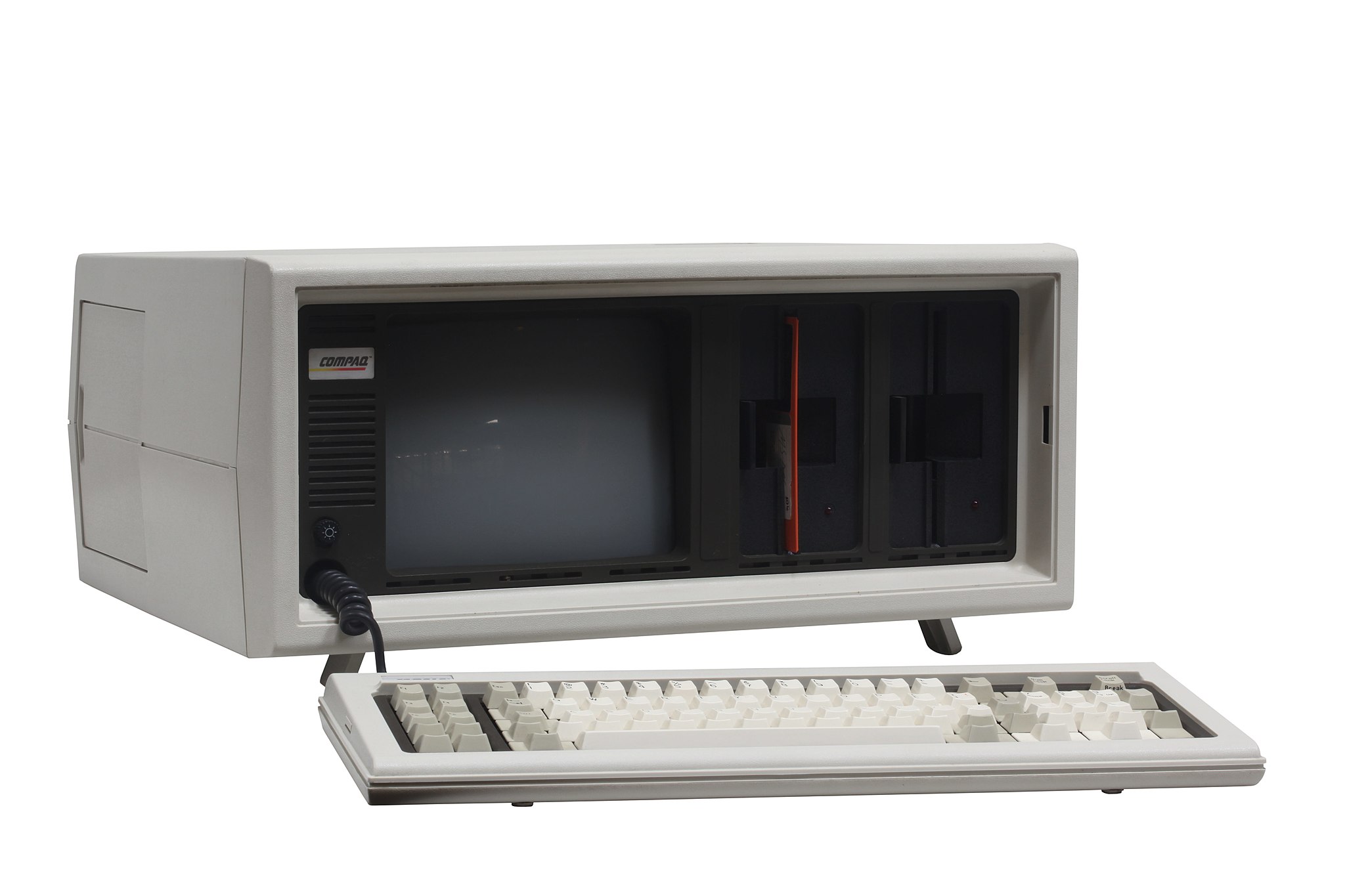
Aside from giving credit where it's due and adding a cute new POST beep pattern (it's modeled on the Intel sound), the updated XTIDE firmware for the storage controller does provide some functional benefits. Using the NEC V20-optimized version of the BIOS, the disk transfer speeds reported by the CheckIt 3.0 disk benchmark nearly doubled compared to the default BIOS (from 210.2KB per second to 411.0KB per second), which might speed things up at least a little when installing software or moving files between the CompactFlash card and the USB stick. I'd also like to experiment with adding USB boot support for the CH375S USB controller since there's 8KB of unused space in the 64KB EEPROM. A project for another time.
I also bought and installed an actual 8088 processor in the Book 8088 since that's the chip the thing is named for (I picked up an 8088-2 capable of up to 10 MHz speeds so that I could be sure it would handle the Book 8088's 8 MHz Turbo mode; the base speed remains 4.77 MHz). This is a downgrade in most respects, but there are legitimate reasons to want a true 8088 despite the loss in speed and capabilities.
How “IBM-compatible” is it?
It's bizarre to think of a 4.77 MHz computer as being "too fast," but it's one criticism you'll find if you search for the Book 8088.
The original IBM PC, the similar PC XT, and the first wave of IBM-compatible clones were hugely popular computers. And at the time, it wasn't a given that they would continue to be replaced by decades' worth of successively faster but mostly backward-compatible machines.
This meant that some app developers occasionally developed for the old IBM PC in the way you might develop software for a game console: an appliance-like fixed hardware platform that stays mostly the same over time. As a developer, you might tune your software to take advantage of undocumented features, code around specific hardware limitations and bugs, or make an app that automatically assumes it will be running on an 8088 running at exactly 4.77 MHz.

When running this kind of software on a system that's even a little bit faster than the old IBM PC, this can lead to everything from crashes to games and apps running at a much higher speed than intended. Any of these outcomes are less than ideal from a software-preservation perspective.
David Lee wrote in a Medium post that a rudimentary CPU benchmark run on his Book 8088 "runs between 1.15 and 2.29 [times] faster" than an IBM PC or most contemporary clones. The culprit, again, is the NEC V20, which is generally around 20 percent quicker than an actual 8088 running at the same clock speed.
Running the same MIPS benchmark on an actual 8088, the results were closer to the IBM PC's, though memory speed in particular does still seem to be a hair quicker than it "should" be, and as a whole, the system runs at about 1.06 times the speed of an IBM 5150; this is possibly a side effect of using more modern memory chips or some other optimizations. Running the same benchmark in the CheckIt diagnostic app showed the same results: very slightly faster than an actual IBM PC with an 8088 but pretty close, and almost exactly 20 percent faster with a NEC V20 installed. Putting either processor into Turbo mode boosts the results accordingly; a NEC V20 in Turbo mode is about twice as fast as the original 5150.
That said, even installing a genuine 8088 doesn't make the Book 8088 what you would call "cycle-accurate," and it doesn't reproduce every capability or irregularity of the original IBM PC. One torture test for this sort of thing is the Area5150 demo, which exploits all kinds of features, bugs, and peculiarities of the original IBM PC to make it do things that are supposedly beyond its capabilities; on the Book 8088, even with a genuine 8088, most of Area 5150 runs with some graphical artifacts, but it crashed the system about three-quarters of the way through.
So the Book 8088 won't be close enough to the "real thing" to appease every single persnickety IBM PC app, whether you go to the trouble of replacing the NEC V20 with a real 8088 or not. It should be (and has been, in my experience) broadly compatible with a wide swath of period-appropriate software. But it's very much an "IBM compatible" and not an exact replica.
reader comments
263